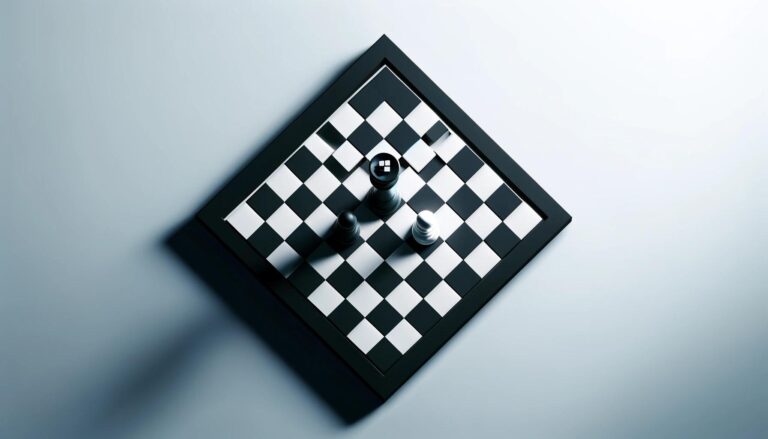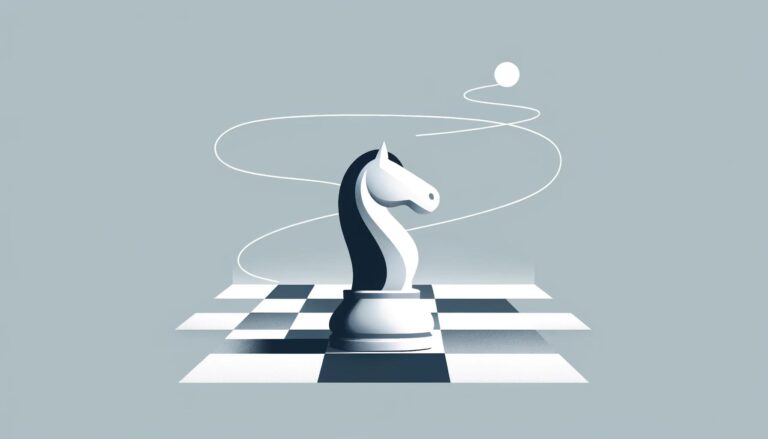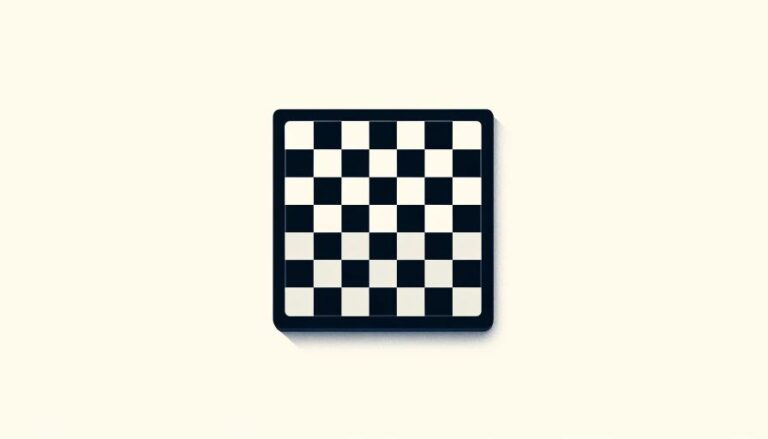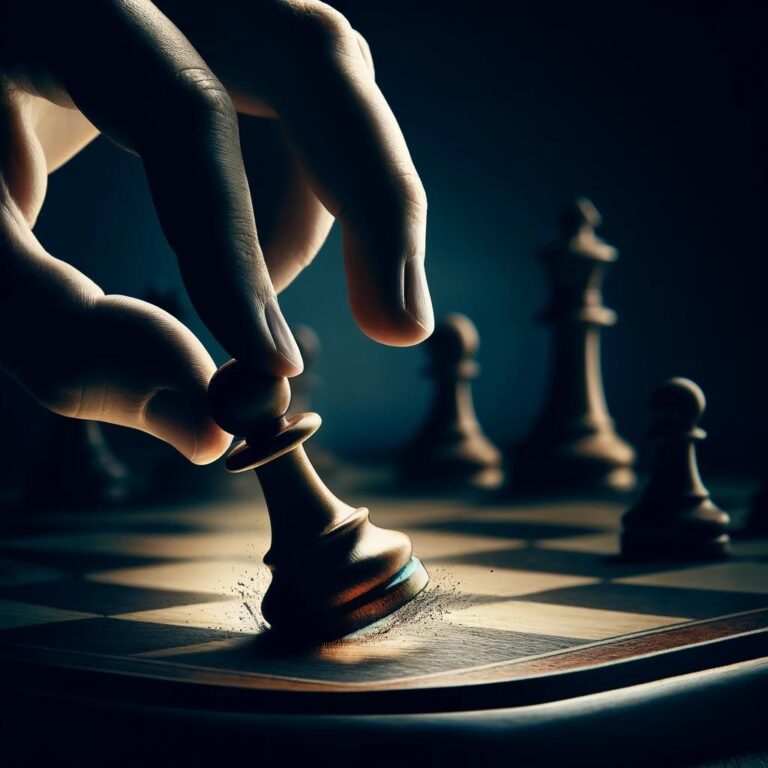Section 1: Understanding the Concept of a Tie in Chess
Chess is a strategic board game that has been played for centuries, and its intricacies and complexities have fascinated players all over the world. However, what happens when two players are evenly matched and neither of them is able to defeat the other? This is where the concept of a tie comes in. In chess, a tie occurs when neither player is able to checkmate their opponent, resulting in a draw or a stalemate. This can be achieved in various ways, and it requires a deep understanding of the game and its strategies.
Section 2: Forcing a Draw in the Endgame
The endgame is the final stage of the game where only a few pieces are left on the board. This is where players have to use their remaining pieces strategically to try and achieve a win or force a draw. In a situation where neither player is able to checkmate their opponent, the game ends in a draw. As such, endgame tactics play a crucial role in achieving a tie in chess.
Section 3: Utilizing the Threefold Repetition Rule
As mentioned earlier, the threefold repetition rule is one of the ways to achieve a draw in chess. It states that if the same position is repeated three times, the game is declared a tie. This rule is in place to prevent players from making the same moves repeatedly without any progress in the game. However, experienced players can use this rule to their advantage and force a draw in difficult situations.
Section 4: Creating a Fortress Position
As mentioned earlier, creating a fortress is a strategic endgame tactic that can result in a draw. This is achieved by creating a position on the board where the player´s pieces are perfectly placed to protect their king from any threats. In this position, the opponent is unable to make any progress and is forced to accept a draw.
Section 5: The Role of Artificial Intelligence in Achieving a Tie in Chess
With the rise of artificial intelligence (AI), we have seen a significant improvement in chess programs and their ability to play against human players. AI-powered chess engines have been able to defeat the world´s best players, but they have also been able to achieve ties against them. This has been made possible through advanced algorithms and computing power, allowing these programs to analyze thousands of moves and come up with the best possible strategies to force a tie.
In conclusion, achieving a tie in chess is not easy, and it requires a deep understanding of the game and its strategies. The above-discussed tactics and the role of AI in achieving a draw demonstrate the complexities of the game. As AI continues to advance, we can expect even more sophisticated strategies and techniques to emerge for achieving a tie in chess.







